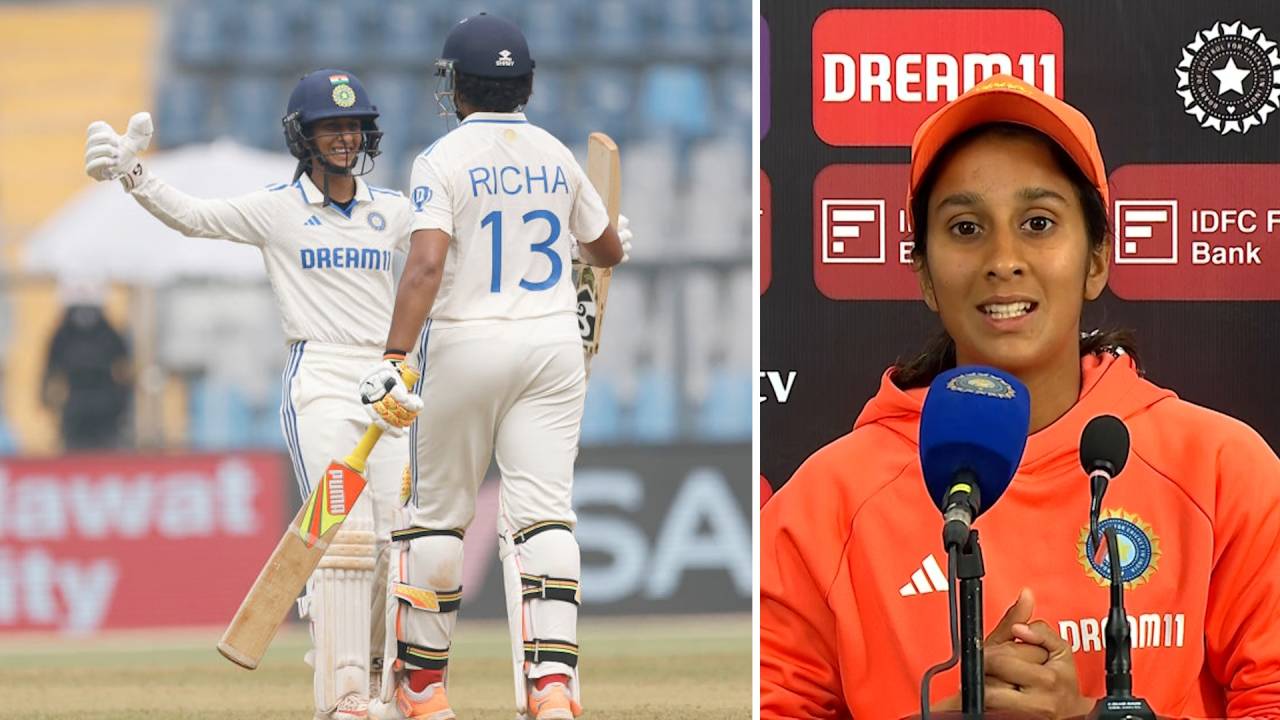Where did India go wrong in the ODIs against Australia?
Ten dropped catches, Shafali and Harmanpreet's poor run of form, and a lack of a power-hitter down the order are some of the reasons for their white-ball flop so soon after Test success
Letting catches slip
Batting order in focus, again
Shafali and Harmanpreet's inconsistency

Bowling roles and tactics a work-in-progress
S Sudarshanan is a sub-editor at ESPNcricinfo
